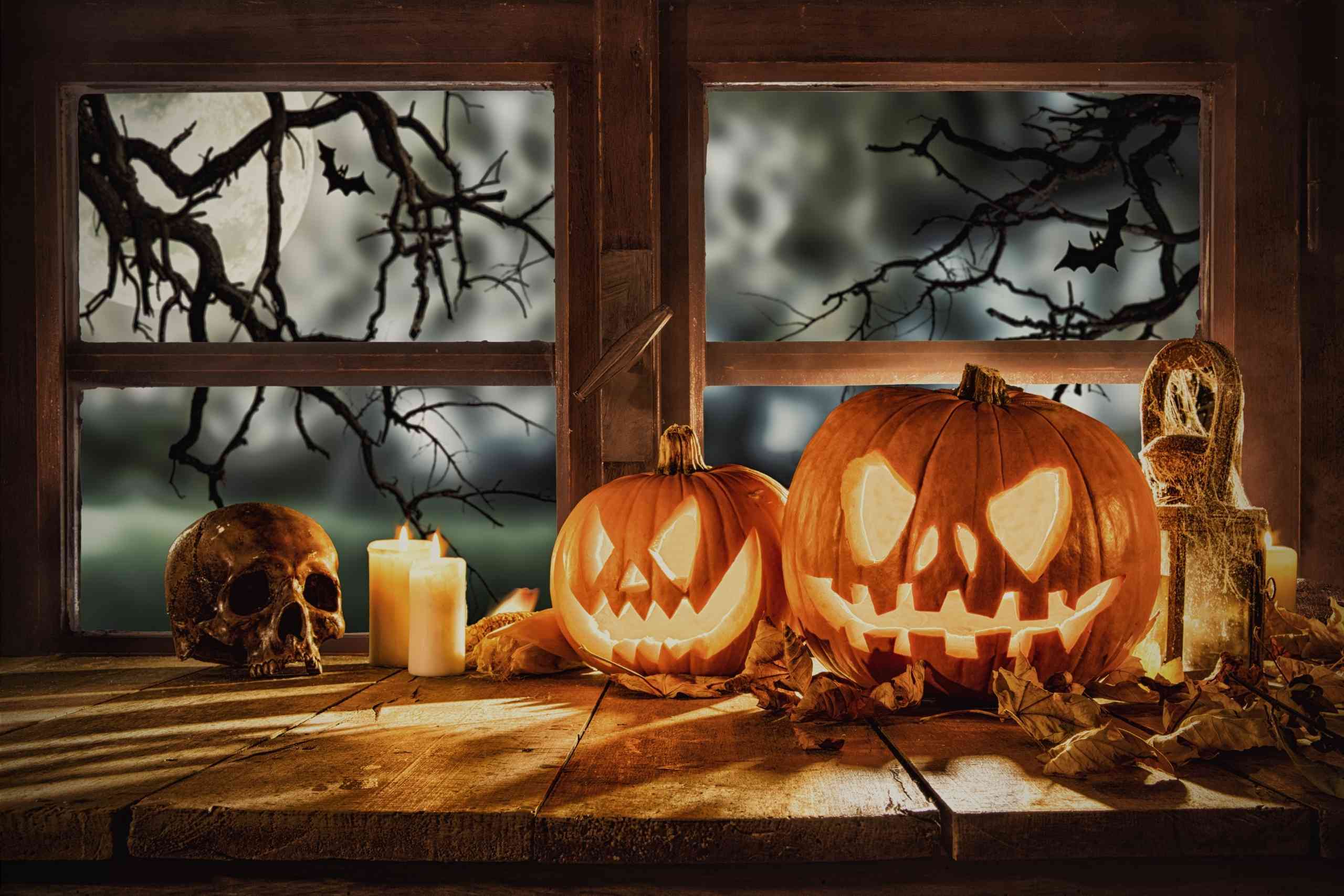The History And Significance of Halloween: A Global Perspective
Halloween has roots in the ancient Celtic festival of Samhain. It has evolved into a global celebration marked by costumes and festivities.
Halloween’s history dates back over 2,000 years to the Celts, who lived in what is now Ireland, the United Kingdom, and northern France. They celebrated Samhain on October 31, a night when they believed the boundary between the living and the dead blurred.
As centuries passed, Halloween incorporated elements from Roman and Christian traditions. Today, it is celebrated worldwide with various customs, from trick-or-treating in the United States to festivals in Mexico and Japan. Halloween’s global significance lies in its ability to bring communities together, blending ancient rituals with modern celebrations.
Ancient Origins
Discover the fascinating history and global significance of Halloween, tracing its ancient origins and cultural transformations across the world. Explore how different traditions have shaped this beloved celebration.
Samhain Festival
The Celtic festival of Samhain marks the end of the harvest season. It begins on the evening of October 31st. This festival is believed to be over 2,000 years old. People lit bonfires and wore costumes to ward off ghosts. The Celts believed spirits roamed the Earth on this night. They thought it was easier to communicate with the dead. Villagers also offered sacrifices of crops and animals. They believed this ensured a good harvest. The bonfires symbolized the sun and helped protect them through the winter. Costumes made from animal skins were worn. This was to disguise themselves from spirits.
Medieval Transformations
During the Middle Ages, Halloween became linked with the Christian festival of All Saints’ Day. This holiday honors saints and martyrs. All Saints’ Day is also known as All Hallows’ Day. The night before became known as All Hallows’ Eve. Over time, All Hallows’ Eve turned into Halloween. This transformation blended pagan and Christian traditions. People began to light bonfires and wear costumes to ward off ghosts. These customs are still part of Halloween today.
All Saints’ Day is celebrated on November 1st. It was established by Pope Gregory III in the 8th century. He dedicated a chapel in Rome to all saints. The day honors saints known and unknown. Many countries have unique ways to celebrate this day. In Mexico, it is part of Día de los Muertos. In the Philippines, families visit graves and offer flowers. These traditions show the global influence of All Saints’ Day.
Modern Celebrations
Halloween in the USA is very popular. Children dress up in costumes. They go door-to-door for trick-or-treating. Many homes are decorated with pumpkins and spooky themes. Schools and communities host Halloween parties.
Haunted houses are also a big attraction. People enjoy scary movies and hayrides. Halloween has become a major commercial holiday. Stores sell costumes, candy, and decorations. The holiday brings communities together.
Halloween is celebrated in many countries. Each place has its own twist. In Mexico, people celebrate Día de los Muertos. They honor their deceased loved ones. Japan has Kawasaki Halloween Parade. Thousands join in colorful costumes.
In Ireland, the birthplace of Halloween, people enjoy bonfires and fireworks. Australia and New Zealand see growing interest. More children are trick-or-treating each year. The holiday continues to spread and evolve worldwide.
Symbolism And Traditions
People wear costumes and masks to scare away evil spirits. This tradition started many years ago. It is a fun way to celebrate Halloween. Kids and adults both enjoy dressing up. Some costumes are spooky, while others are funny. Masks add an element of surprise. Halloween parties often have costume contests. Everyone loves to see creative outfits. Dressing up brings joy to many people.
Pumpkins and lanterns are key symbols of Halloween. People carve pumpkins into jack-o’-lanterns. These lanterns light up the night. The practice began with a legend about a man named Jack. He tricked the devil and roamed the earth with a lantern. Today, families carve pumpkins together. They place candles inside to make them glow. Jack-o’-lanterns decorate homes and streets. This tradition creates a spooky yet fun atmosphere.
Cultural Impact
Halloween inspires many movies and TV shows. Kids and adults love Halloween specials. Famous films like “Hocus Pocus” and “Halloween” are popular. Television shows often have Halloween episodes. These shows feature costumes, trick-or-treating, and spooky stories. Cartoons also have Halloween themes. Many people enjoy these Halloween-themed media. They become a tradition for families. Media and entertainment keep Halloween exciting.
Halloween boosts the economy. Many people buy costumes and decorations. Candy sales increase a lot. Stores sell many themed items. People spend money on parties and events. Haunted houses and fairs attract many visitors. They charge for entry and activities. Businesses see high profits during Halloween. This holiday supports many jobs. It helps local businesses thrive. Halloween is a big economic event.
Contemporary Views
Explore the fascinating history and global significance of Halloween, tracing its origins and evolution across different cultures worldwide. Discover how this popular celebration has transformed and unified diverse traditions.
Cultural Exchange
Halloween has spread across the world. Many countries have adopted its customs. Kids and adults enjoy dressing up. They love trick-or-treating and Halloween parties. This holiday brings communities together. People share different traditions. They learn about each other’s cultures. This exchange enriches the Halloween experience.
Controversies And Criticisms
Some people think Halloween has lost its meaning. They believe it has become too commercialized. Others worry about its safety. There are concerns about children and strangers. Some criticize the costumes. They say some are offensive or inappropriate. These issues spark debates every year. Despite these controversies, many still enjoy Halloween.
Conclusion
Halloween has evolved into a global celebration, rich with history and cultural significance. Its roots trace back to ancient traditions. Today, it brings people together with costumes, treats, and festivities. Understanding Halloween’s origins enhances our appreciation of this vibrant holiday.
Celebrate Halloween with a deeper sense of its global heritage.







